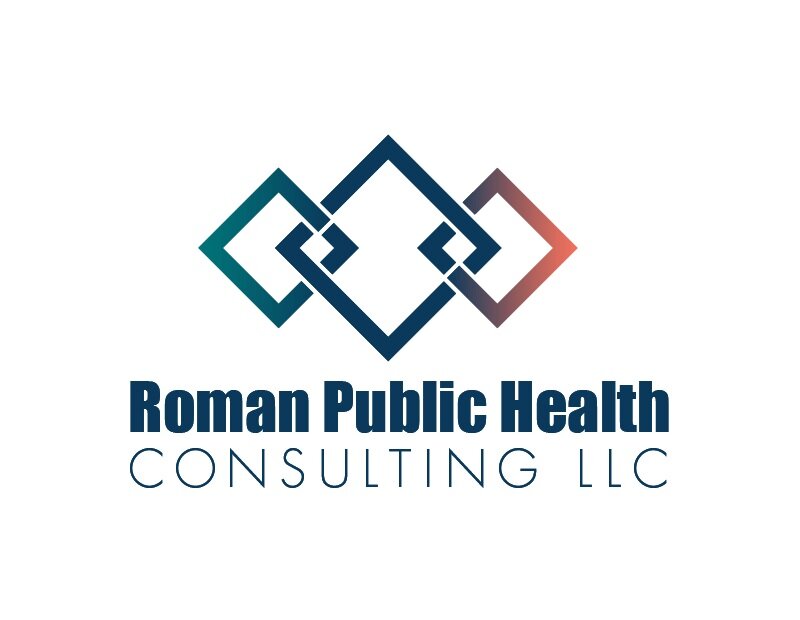ADA Title II Compliance: Where to Start in Public Health, Healthcare, and Public Safety?
National Health Education Week (NHEW) 2025: Special Blog Series on ADA Title II
In the first series post, we talked about what the Title II Rule change is, why it is important to our field, and we highlighted important compliance dates.
Today, we are talking about how to get started!
Fighting Overwhelm
Over the past few months, I have spoken with a number of clients and colleagues about the upcoming Title II changes. The key theme I hear about over and over is that they feel overwhelmed.
Here are the top two reasons I’ve heard:
1. The large scope of digital accessibility and Title II compliance considerations.
They ask, “How will I become an “expert” in this, in addition to my regular work?”
2. Unrealistic expectations for a team of one (or few).
Many professionals are working solo (e.g., as communication coordinators or health educators) or on very small teams, but yet they are expected to handle ADA Title II compliance for their entire organization.
Start Small
One of the best ways to combat overwhelm, is to take a project and make it smaller. Depending on your starting point, here are a few ideas for first steps:
1. Determine how and when Title II compliance deadlines will apply to your organization.
If you haven’t already, start with information gathering. Research the rule and/or schedule a meeting with appropriate leadership (e.g., human resources, information technology, your department supervisor, etc.) to understand the “big picture” compliance deadline and plan.
Based on your organizational type and size, will your compliance deadline start in 2026 or 2027?
2. Investigate what (if any) digital accessibility planning or updates are already initiated within the organization.
This is not the time to work in silos.
Who (individuals and departments) is already working on digital accessibility?
Has digital accessibility been integrated into key organizational goals or investments (e.g., strategic plan, budget allocation, staff training, accessibility audit, etc.)?
3. Inventory the resources, services, and tools within your program or organization that should be included in a review for digital accessibility.
Examples of tools or services to review and consider:
Social media presence
Website
Online trainings, courses, learning management system
Forms (for contact and request for services)
Online or downloadable health education materials (e.g., PDFs)
Mobile applications (apps)
4. Consider organizational capacity to plan and implement Title II compliance activities.
As noted above, many professionals are overwhelmed and asking “how will I become an “expert” in this, in addition to my regular work?”
I offer the reassurance; you don’t have to!
Can your organization consider bringing in a digital accessibility consultant or expert to support or guide some or all activities? E.g., conducting an accessibility audit, remediating inaccessible documents, training staff, etc.?
I’d Love to Hear from You!
Which of these small steps feel realistic for your current position and stage of planning?
Have you already completed any of these steps? If yes, what challenges or opportunities emerged?

